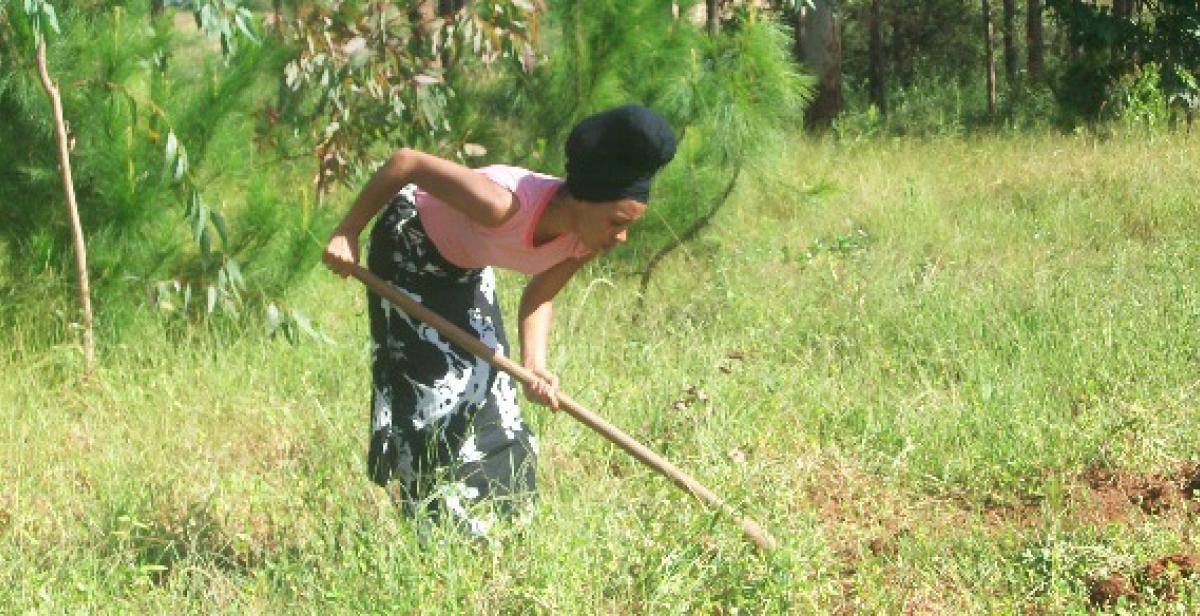Working the field
Tuesday was glorious.
There was a sense of release and catharsis among the team today as the group, finally, were able to swap the tedium and frustration of planning for blisters and sunburn working out in the field.
(NB: there was no sarcasm in that sentence.) It feels immensely satisfying to be out making a difference, like we came here to do.
Wood matters
90% of Malawi’s fuel needs are met by wood. Similar figures exist for the construction industry, where communities rely on wooden planks and logs for building materials. Here, timber is big business.
Part of Progressios project plan is to aid the development of woodlots (small tree plantations) as a way of generating income further down the line, (remember, the goal is long-term development) and also curbing deforestation. The group before us made a nursery and made plantations at several locations in the catchment area.
The tree in question is Pina, and the seedlings look like this:

Figure 1 - Close up of Pina seedling
“From little acorns, great oak trees grow. And from great oak trees comes lots of firewood!” – Me, just now.
One of the woodlots they planted was at Dunduzu primary school, a CBCC. The woodlots required occasional maintenance to make sure the trees were developing as well as possible.
A quick visit to the woodlot revealed that the seedlings, which were barely more than a few inches off the ground at this point, were hopelessly overrun with weeds and were at serious risk of failing due to competition and aggravated vegicide from weeds.

Figure 2 - Pina seedlings overrun by weeds
So, not wishing to waste any time, we cracked out the hoes and got straight to business.

Figure 3 - Volunteers weeding the woodlots at Dunduzu primary school.

Figure 4 - Volunteers weeding the woodlots at Dunduzu primary school.

Figure 5 - Volunteers weeding the woodlots at Dunduzu primary school. You can almost hear the A-team theme tune in the background.
By tilling and weeding the earth immediately surrounding the saplings, we bought them the time they need to develop into young trees. These trees will be fully grown in a decades time, and will be worth hundreds of thousands of Kwachas each in timber.
That’s some serious income for the local community to spend on things like teacher training, school materials and good food for the children.



